Native name Blathy Otto Role Electrical engineer Name Otto Blathy | Nationality Hungarian Fields Electrical engineering | |
Born 11 August 1860Tata, Hungary ( 1860-08-11 ) Died September 26, 1939, Budapest, Hungary Similar People Karoly Zipernowsky, Miksa Deri, Nikola Tesla, Lajos Kossuth, Endre Ady | ||
Ott bl thy
Ottó Titusz Bláthy (11 August 1860 – 26 September 1939) was a Hungarian electrical engineer. In his career, he became the co-inventor of the modern electric transformer, the tension regulator (voltage stabilizer), the AC watt-hour meter, motor capacitor for the single-phase (AC) electric motors, the turbo generator, and the high-efficiency turbo generator.
Contents
- Ott bl thy
- Mate In 48 Moves A Chess Puzzle For Brilliant Minds
- Early life
- Professional life
- Chess works
- References
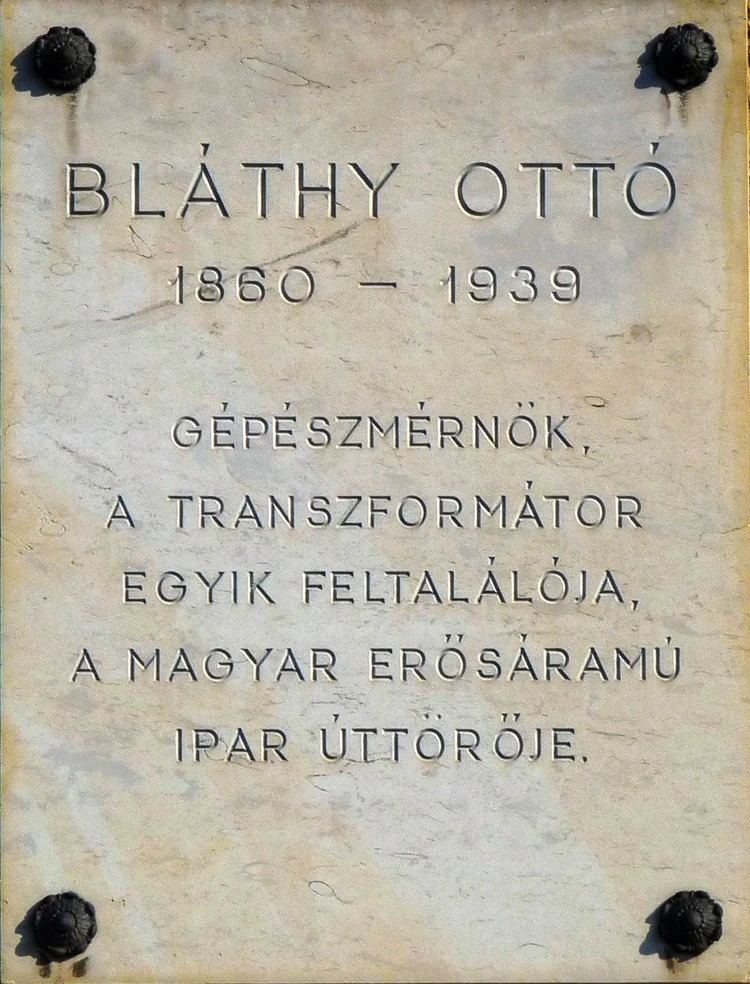
Bláthy's career as an inventor began during his time at the Ganz Works in 1883. There, he conducted experiments for creating a transformer. It is noteworthy that the name "transformer" was created by Bláthy. In 1885 the ZBD model alternating-current transformer was invented by three Hungarian engineers: Ottó Bláthy, Miksa Déri and Károly Zipernowsky. (ZBD comes from the initials of their names). In the autumn of 1889 he patented the AC watt-meter.
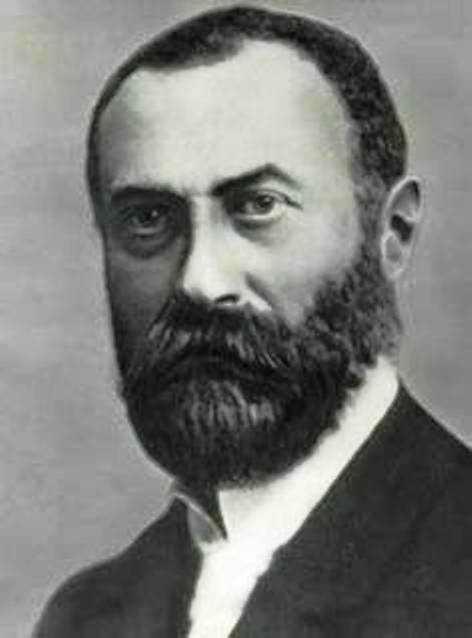
Mate In 48 Moves! A Chess Puzzle For Brilliant Minds
Early life
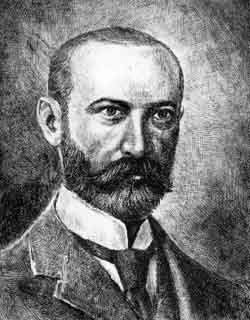
He attended schools in Tata and Vienna, where he obtained diploma of machinery in 1882. Between 1881 and 1883 he worked at the machinery workshop of the Hungarian Railways (MAV). Attracted by the successes of Károly Zipernowsky, he joined his team on 1 July 1883. He admitted he had learnt nothing about electrotechnics in university, so he started to learn about the theory himself. Using the Maxwell equations he invented a practical approach of sizing magnetic coils. Kapp and Hopkinson (for whom Hopkinson's law is named) only published their findings later in 1886, and 1887.
Professional life
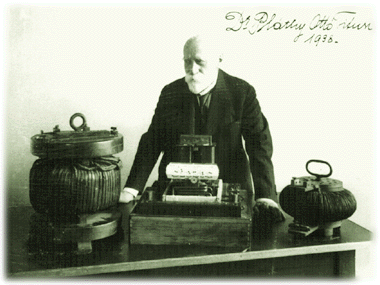
His practical calculation method was crucial in building the first practical transformer. Based on his findings, he rebuilt his machines in 1883 and obtained better efficiency with the same weight. He was the first to investigate the heat dissipation problems of electric motors, and at that time the connection between current density and heat was determined.
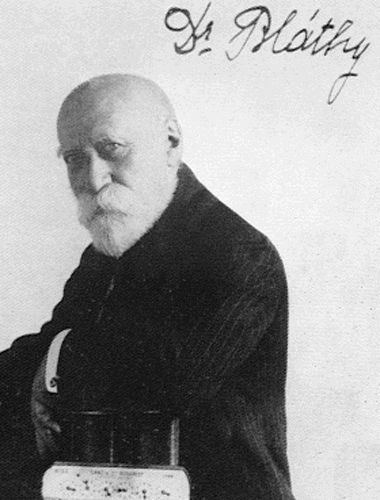
At the Turin Italian National Exhibition in 1884, he saw Gaulard and Gibbs's "secondary generator"' (i.e. AC transformer) system, and he decided to improve it. Including a closed-loop magnetic field, based on the findings of Faraday, he conducted experiments with Miksa Déri in the summer of 1884 at the Ganz factory. Based on these experiments, they invented the transformer in 1885, which was unveiled at the Budapest National Exhibition in 1885.
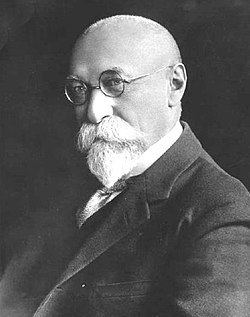
Based on the opinions of Galileo Ferraris, the Italian government ordered a power transformer for Rome, which was installed in October 1886. Later, they designed a power plant for Tivoli, built by Ganz, with six water turbines and 5000 V, which were worked in parallel with the old steam engine generators. This was the first time in history two high-voltage power plants were connected.
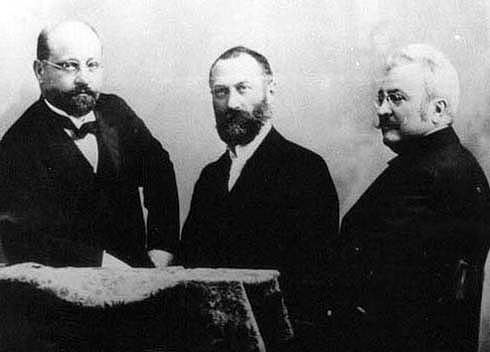
His other invention, the electricity meter, was first introduced to the market in 1889. He tried to improve it and decrease its weight.
Chess works
Besides his scientific work, Bláthy is well known as an author of chess problems. He specialized in the field of very long moremovers, also known as longmovers. (see grotesque (chess) for one of his problems).
